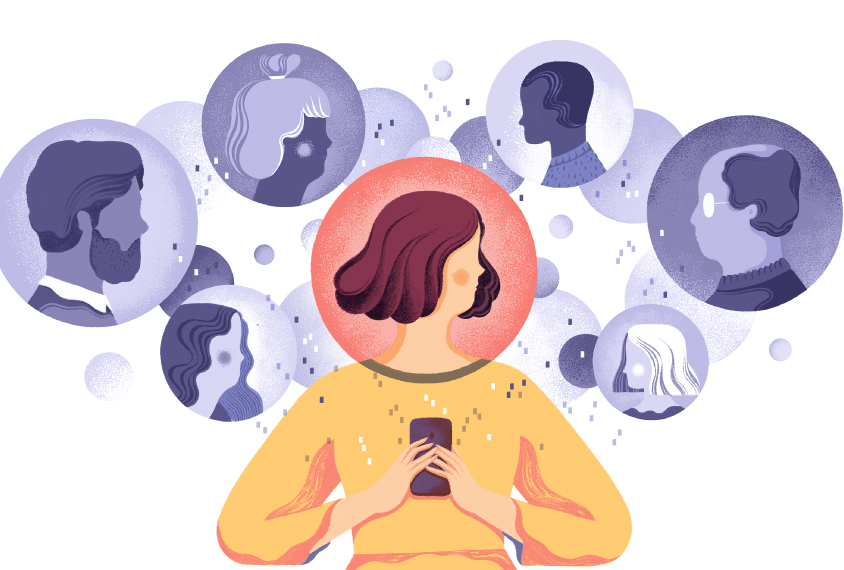Kaitlyn Schwalje
From this contributor
Spectrum Stories: What social touch says about autism
Understanding how touch is altered in autism could yield an early marker of the condition.

Spectrum Stories: What social touch says about autism
Spectrum Stories: How social media aids discovery and diagnosis of autism-linked conditions
Social media is connecting families with researchers who study rare conditions related to autism — to the benefit of both.

Spectrum Stories: How social media aids discovery and diagnosis of autism-linked conditions
Explore more from The Transmitter
Dispute erupts over universal cortical brain-wave claim
The debate highlights opposing views on how the cortex transmits information.

Dispute erupts over universal cortical brain-wave claim
The debate highlights opposing views on how the cortex transmits information.
Waves of calcium activity dictate eye structure in flies
Synchronized signals in non-neuronal retinal cells draw the tiny compartments of a fruit fly’s compound eye into alignment during pupal development.
Waves of calcium activity dictate eye structure in flies
Synchronized signals in non-neuronal retinal cells draw the tiny compartments of a fruit fly’s compound eye into alignment during pupal development.
Among brain changes studied in autism, spotlight shifts to subcortex
The striatum and thalamus are more likely than the cerebral cortex to express autism variants or bear transcriptional changes, two unpublished studies find.

Among brain changes studied in autism, spotlight shifts to subcortex
The striatum and thalamus are more likely than the cerebral cortex to express autism variants or bear transcriptional changes, two unpublished studies find.